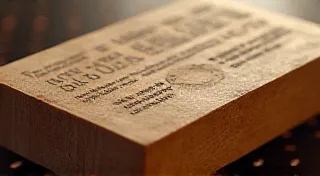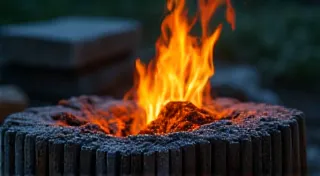The Butcher’s Palette: Crafting Vivid Scenes Through Sensory Detail
There’s a peculiar intimacy in watching a butcher at work. Not the hurried, transactional exchange at a supermarket deli counter, but the deliberate, almost meditative rhythm of someone truly skilled. They aren’t just cutting meat; they’re assessing, understanding, and coaxing beauty from a raw material. This isn’t just about sustenance; it’s an art. And that art, I've realized, holds profound lessons for anyone striving to write vividly, to evoke emotion, to transport a reader to another place.
My fascination began, oddly, not with meat itself, but with a photograph my grandfather kept tucked in his wallet. It depicted his own grandfather, a butcher named Franz, standing proudly in front of his shop in a small Bavarian village. The photo was faded, sepia-toned, but the details lingered: the sharp lines of Franz’s apron, the gleam of the cleavers hanging on the wall, the focused intensity in his eyes. It wasn't a glamorous image; it was honest, a portrait of a man deeply connected to his craft.
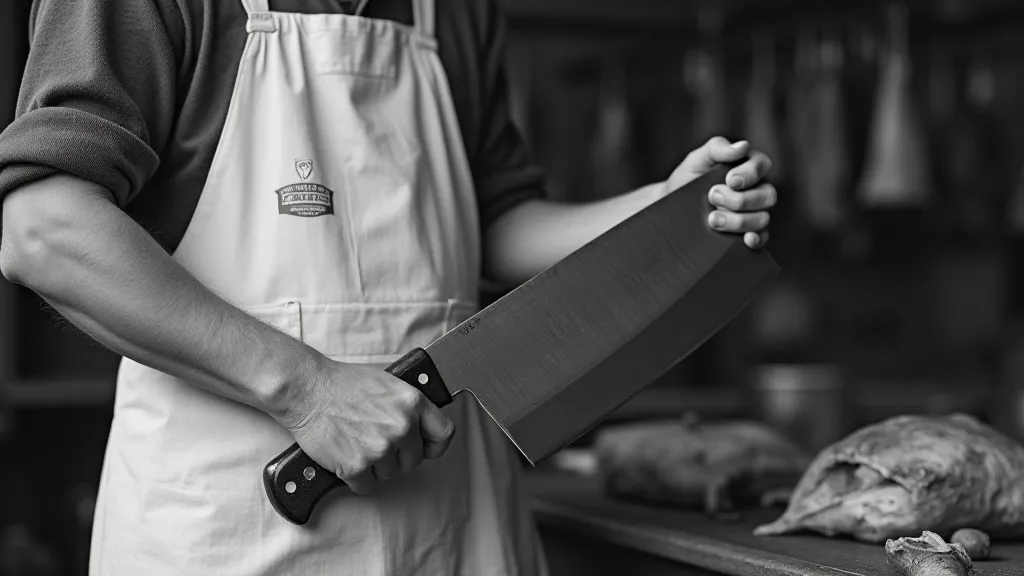
The Butcher's Eye: A Study in Texture and Color
A butcher's work is rooted in a hyper-awareness of sensory details. They don't just see "meat"; they see the marbling, the grain, the color variations that betray the animal’s age, breed, and diet. They feel the texture – the springiness of a good cut, the tenderness of a slow-cooked roast. They smell the earthy aroma, the slight sweetness that signals freshness. This isn't just about recognizing quality; it's about understanding the story the meat tells. A writer, too, must cultivate this kind of sensory acuity. To truly describe a storm, you need to feel the wind bite at your skin, hear the roar of the thunder, smell the ozone. To paint a portrait of grief, you need to capture the subtle tremor in a hand, the hollowness in a gaze.
Consider the difference between saying “He looked sad” and describing the way sadness manifested itself: the slumped shoulders, the slightly downturned mouth, the way his eyes seemed to look through you, rather than at you. The latter isn't just informative; it’s immersive. It invites the reader to share the experience, to feel the weight of that sadness alongside the character.
Beyond the Blade: Craftsmanship and Legacy
The precision of a butcher's cuts isn’t solely about aesthetics; it's about respecting the animal and maximizing the use of its resources. There’s a quiet reverence in that, a deep connection to a tradition that stretches back centuries. My grandfather, who spent his own childhood helping his father in the butcher shop, always emphasized the importance of using every part. "Nothing goes to waste," he's often said, his voice low and serious. “We honor the animal by using it completely.”
This principle applies to writing as well. A good story is carefully constructed, every detail considered, every sentence honed to its maximum impact. There's an elegance in economy, a power in knowing exactly what to include—and, crucially, what to leave out.
The Antique Accordion: A Parallel Craft
It might seem strange to draw a parallel between butchery and antique accordions, but the similarities are striking. Both involve meticulous craftsmanship, a deep understanding of materials, and a reverence for tradition. I’m an amateur collector of antique accordions, drawn to their intricate mechanics and rich history. Each button, each reed, each bellows is a testament to the skill of the maker. There's a quiet beauty in the way the air vibrates, creating music from seemingly disparate parts.
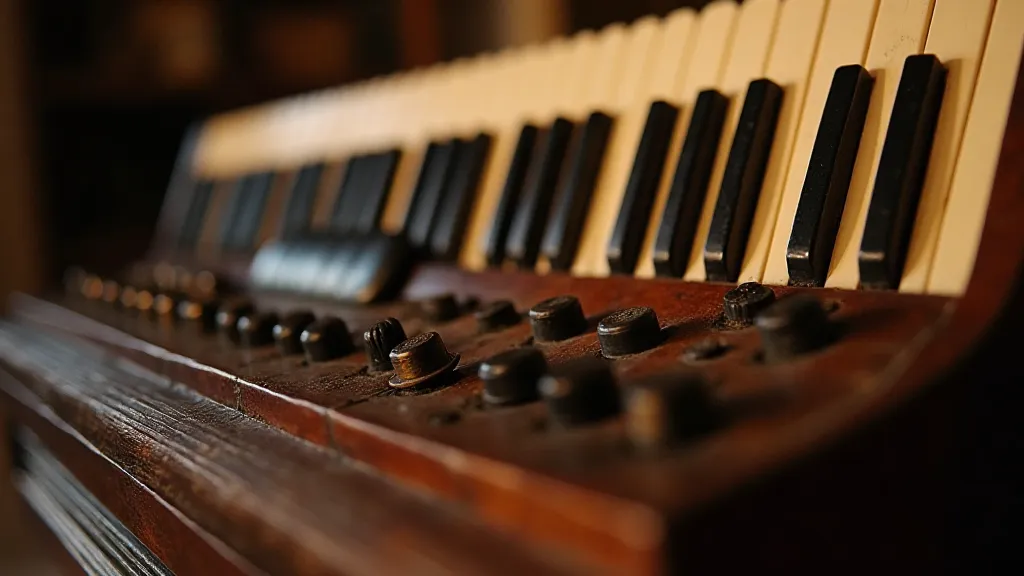
Restoring an accordion isn't simply about replacing broken parts; it’s about understanding the original intent, respecting the history. It's about breathing new life into an instrument that once filled rooms with music. Similarly, writing isn't just about stringing words together; it's about uncovering the heart of a story, illuminating its truths.
The act of restoration demands a delicate touch, a willingness to learn from mistakes. A rushed repair can ruin a valuable instrument. Likewise, a writer must be willing to revise, to cut, to reshape their work until it achieves its full potential. Often, the most powerful lines are the ones that are sacrificed along the way.
The Sensory Palette: Lessons Learned
Observing a skilled butcher isn’t just about appreciating the art of meat preparation; it’s about gaining a new perspective on how we perceive the world. It’s a reminder that true mastery comes from a deep connection to the materials at hand, a willingness to see beyond the surface, and a relentless pursuit of detail. That butcher, Franz, staring from that faded photograph, isn’t just a relative; he’s a silent mentor.
Here are a few practical takeaways for writers seeking to enrich their sensory descriptions:
- Focus on specifics: Instead of "the food smelled good," try "the aroma of rosemary and garlic hung heavy in the air."
- Engage multiple senses: Don't just describe what something looks like; consider how it sounds, smells, feels, and even tastes.
- Show, don't tell: Let your descriptions reveal emotions and character traits, rather than explicitly stating them.
- Observe the world around you: Pay attention to the details you often overlook. The way light falls on a leaf, the sound of rain on a window, the scent of freshly baked bread.
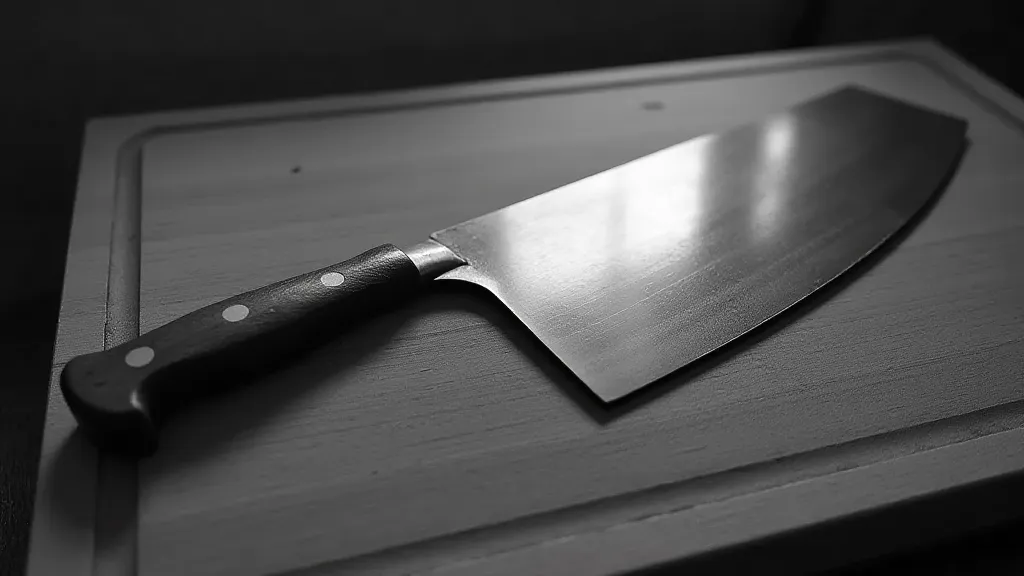
The butcher’s palette isn’t just about meat; it’s a metaphor for seeing the world with a writer’s eye: focused, observant, and deeply appreciative of the beauty that exists in the details.
